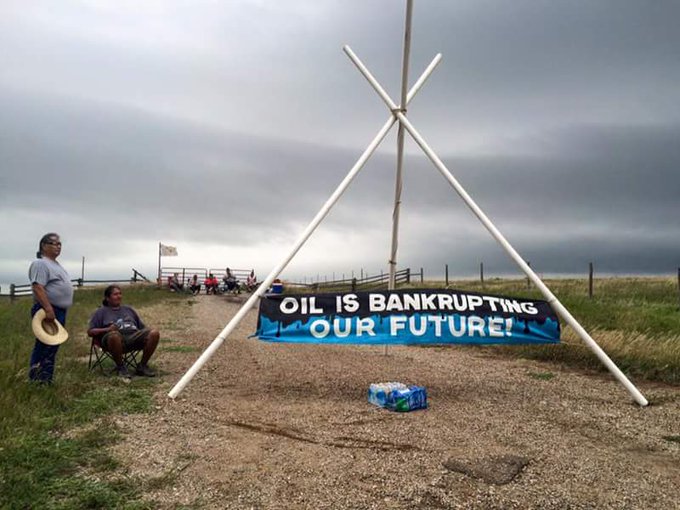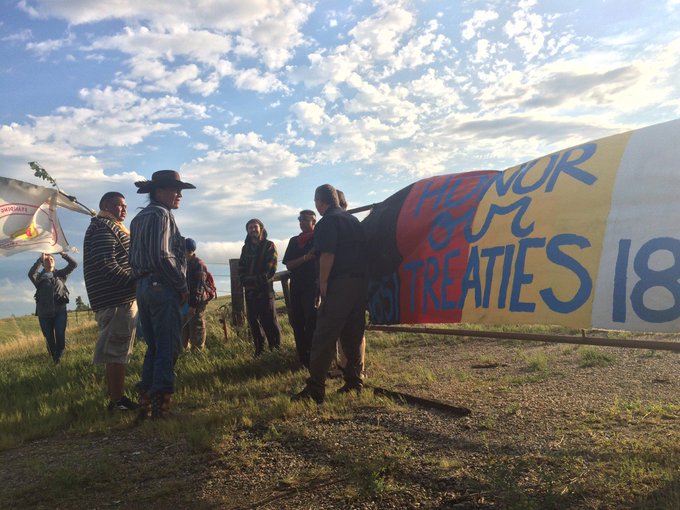
Drive east along Interstate 80, past the Phillips 66 refinery in Rodeo, and you can see that the Bay Area remains very much embedded in the fossil fuel economy. And if the U.S. Army Corps of Engineers has its way, we may well be doubling down on that relationship.
The Corps has a pending proposal, officially dubbed the “San Francisco Bay to Stockton, California Navigation Study,” to dredge a 13-mile stretch of the San Francisco Bay Estuary from San Pablo Bay (just north of Point San Pablo) through the Carquinez Strait to the Benicia-Martinez Bridge. This project would deepen the channel leading to four oil refineries along the shoreline by an average of three feet, allowing for the arrival of a larger class of oil tankers than can currently access these refineries. The Army Corps’ January 2020 Environment Impact Statement (EIS) for the project claims that the total volume of oil shipped will not necessarily increase as a result of the project, but rather claims that the dredging might even result in reduced ship traffic in the Bay by delivering the same amount of oil on fewer (but larger) ships.

This argument has not persuaded Bay Area environmental groups, who last spring submitted comments on the Draft EIS opposing the dredging project. These groups, including San Francisco Baykeeper, Sierra Club, Center for Biological Diversity, Friends of the Earth, Communities for a Better Environment, and Ocean Conservation Research, are submitting similarly negative comments on the Final EIS, which they say is not much of an improvement over the 2019 draft version. The deadline for public comments has been extended, due to the Covid-19 pandemic, until Tuesday, April 21.
The concerns of these organizations fall in to three basic categories: direct impacts on the local aquatic environment from both the dredging itself and from the increased traffic; direct air quality impacts on local communities from the increase in refinery operations; and above all, concern that increasing the capacity for delivery and production of fossil fuels directly contradicts the state’s mandated goal of reducing greenhouse gas emissions to slow the impact of climate change.
I. Impacts on Local Aquatic Environment
The Army Corps’ EIS contends that the Bay floor sediments to be disturbed by the dredging do not contain significant levels of toxic materials. But comments by the environmental organizations point out that the Corps appears to be relying on studies done over a decade ago or more, and they list a range of contaminants that could be re-suspended from the settled sediment that are not addressed by the Corps. The groups point out that this narrow body of water connecting the Bay with the Delta is heavily used by endangered fish species, including Delta smelt, longfin smelt, and Chinook salmon, among others, as well as by harbor seals and California sea lion, both protected marine mammal species.
The groups also point out that the EIS only addresses the impact of the dredging itself on the local aquatic environment. By asserting that the deepening of the channel will not, on its own, increase the level of shipping in the channel, the Corps disclaims any responsibility to address the impact of increased oil tanker traffic. However, as the environmental organizations point out, there is little chance that the refineries would not take advantage of this opportunity to increase their operations. In fact, as Ocean Conservation Research points out in its comments, the Phillips 66 refinery in Rodeo has recently been granted permission by the Bay Area Air Quality Management District to double its refining capacity. So it would be naïve to ignore the probability of increased traffic in the Strait, with is attendant increase in disturbance of all kinds (noise, water pollution, possible spills, etc.) and the resulting impact on wildlife populations.
In addition, Ocean Conservation Research’s comment letter points out that in order to accommodate the larger ships of the Panamax class (so-called because they are the maximum size allowed through the Panama Canal), the Phillips refinery has proposed an enlargement and expansion of its wharf facility. Such a project would involve disturbance of sediments full of toxic heavy metals left behind by the Selby Slag, a company that operated a smelter there into the 1970s, extracting ore from waste metals. Because the wharf expansion is considered a separate project, the Corps is not legally required to address it in its EIS — but expansion of the wharf would not be economically viable without the deeper channel.
Additionally, according to Baykeeper Executive Director Sejal Choksi-Chugh, “Baykeeper has concerns about how the project will impact salinity in the Delta. Deepening the shipping channel will push the fresh water/salt water mixing zone (known as the X2) further east, threatening drinking water supplies” for people in Contra Costa County and other Delta communities.
II. Impacts on Local Communities
Again, by asserting that the dredging project will not result in increased refining activity, and therefore only considering the impact of the actual dredging work, the Corps’ EIS does not find any impact on surrounding “environmental justice communities.” These communities, including Richmond, Vallejo, and Martinez, have been subjected to high levels of pollution from decades of industrial activity, and are demographically “majority minority” and low income. The failure of the EIS to contemplate increased levels of air pollution from increased refinery activities belies the refineries’ long record of “accidental” spills, flares, releases, etc. that have caused the area’s residents to periodically “shelter in place” long before the novel coronavirus.
III. The Big Picture
All of these local negative impacts are bad enough. But in their comments, the environmental groups assert that it is essential to step back and look at the much larger picture of what the dredging project implies for the region, the state, and the planet:
“The proposed channel alterations would remove constraints on expanding fossil fuel import and export volumes … The project will likely result in a significant increase in future volumes of crude oil and refined petroleum products shipped through the Bay … Here, the increased volume of oil and coal passing through the deepened channels will lead to greater refining and export activity. These in turn will lead to more greenhouse gas emissions, both at the refineries and when the products are combusted. Stated differently, the dredging is ‘a mere step in furtherance of many other steps in the overall development’ of the area’s fossil fuel industry.”
The environmental groups believe that the ultimate plan of the oil companies is to have the Bay Area’s refineries serve as an outlet for oil extracted from the Alberta tar sands, one of the most carbon intensive fuel sources on the planet, given the energy that must be invested to extract it, liquefy it for transport, and ship it. Moreover, the transport of this oil from its source in northern Alberta to the Bay Area is highly problematic, both politically and environmentally. It involves expansion of the controversial Trans Mountain pipeline over First Nation lands of the Salish people in Canada (a project that they are resisting both in the courts and on their land). Then the unrefined oil must be transported by tankers through the Salish Sea, threatening the already depleted Southern Resident population of killer whales. And finally, the tankers must pass through the Golden Gate, where recovering populations of humpback whales and gray whales are also facing increased threats from ship strikes in this busy shipping channel.
All of this leads to the final question of why U.S. taxpayers should fund (at an estimated initial cost of $57 million) a project whose main intended beneficiaries are privately owned oil refineries. Of course, direct taxpayer subsidies to the fossil fuel industry are nothing new, but in an era when we climate change requires us to be reducing our dependence on carbon-intensive fossil fuels, this project would appear to be moving us in the opposite direction.









You must be logged in to post a comment.